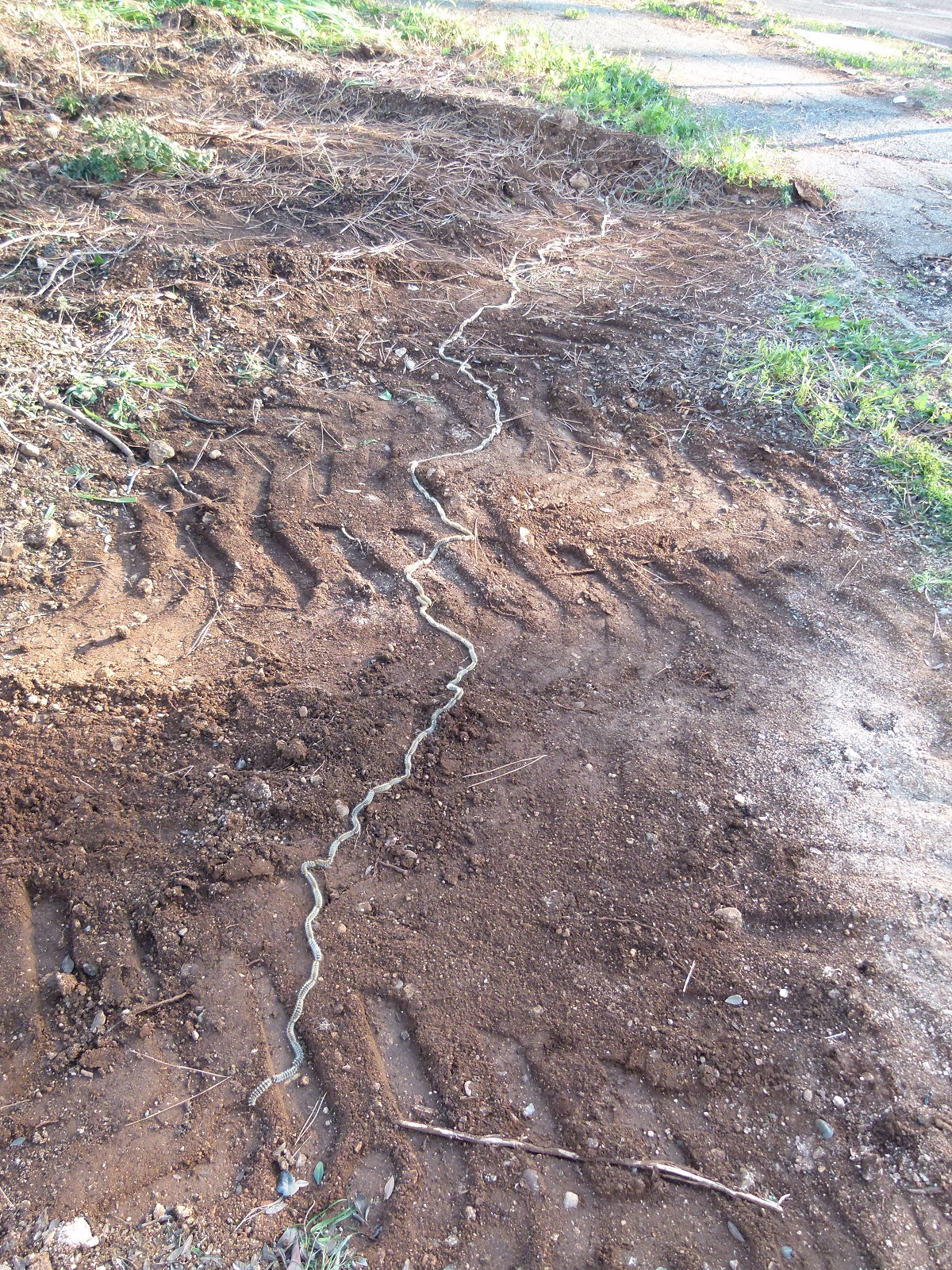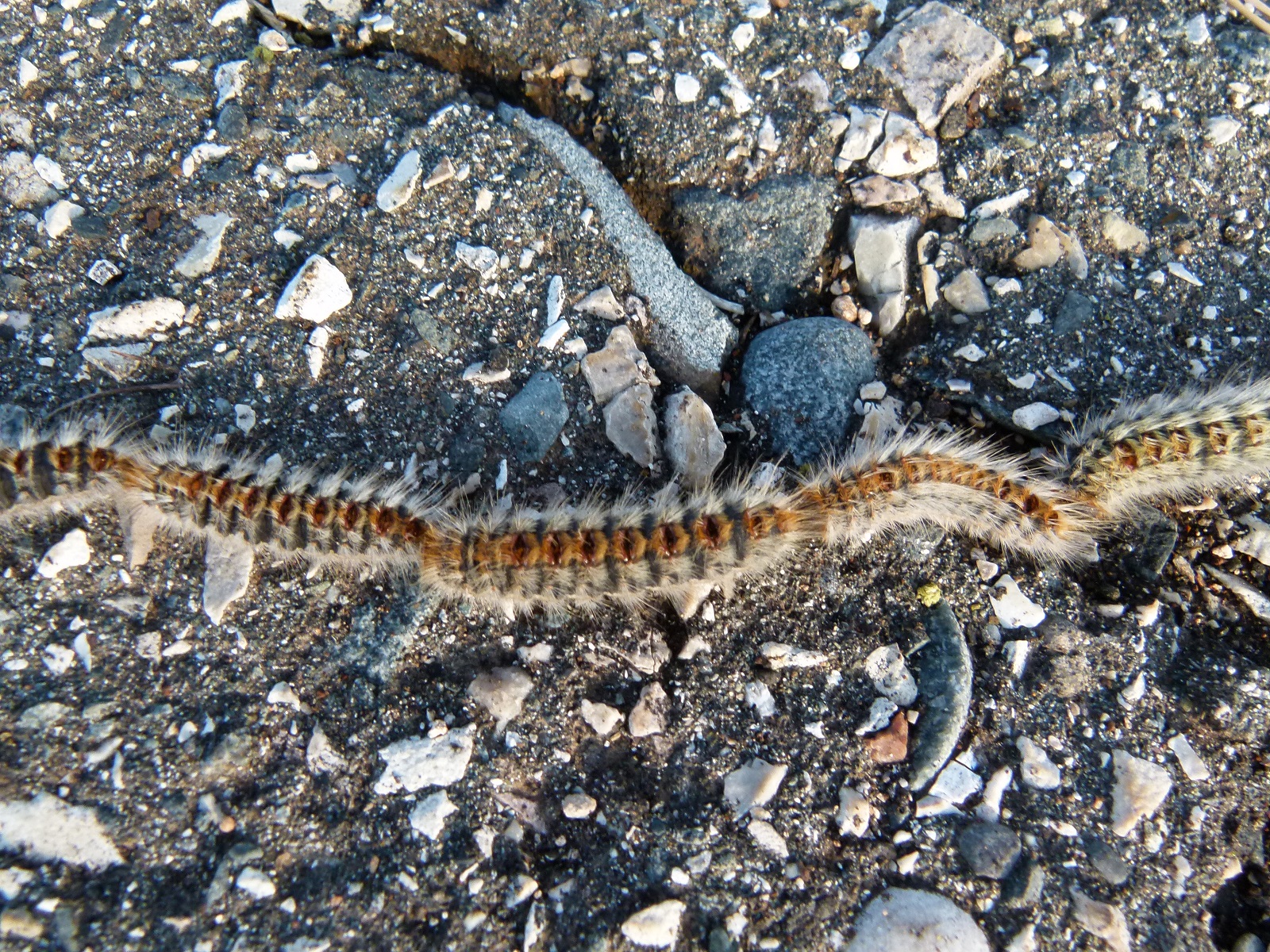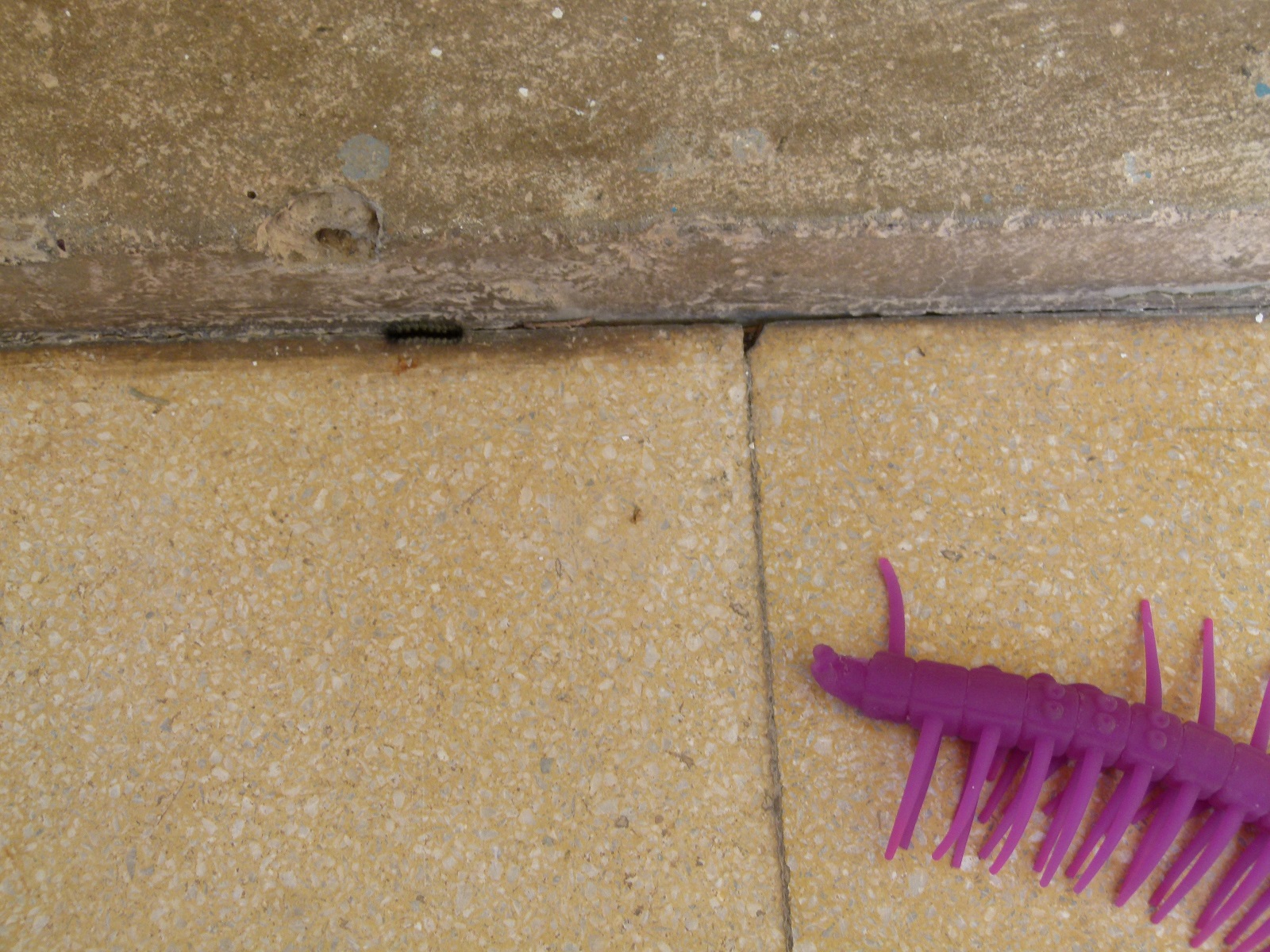

It’s that time of year again. Dog-owner friends being more cautious when they walk their dogs. Emails circulating of sightings. Worried Facebook messages about what to do. Yes, it’s Processionary Caterpillar time.
The first signs come in January when the nests appear. The Pine Processionary moth lays eggs in pine trees (and sometimes cedar and larch trees) and builds a white nest to protect the larvae over winter. Keep your eyes peeled – the trees look like they have candy floss in them. The larvae leave the nest at night to eat the pine needles. They can cause a huge amount of damage to the trees, and even destruction, by stripping them of their needles.


In March and April, the caterpillars come down from the tree in a long procession, searching for soft soil to bury themselves in to pupate (become a moth). They travel nose-to-tail because they have a pheromone in their abdomen that makes the caterpillar behind follow it. One researcher discovered that, if put in a circle, they will keep walking round and round until they die of starvation. Bit mean, but interesting. The processions are quite something and can stretch 50 metres long. When I first spotted the procession in the photo below, I thought it was some discarded rope.

So, what’s the fuss all about?
Although they look cute, the caterpillars are covered in toxic hairs and should never be touched. If they feel threatened they can release their hairs into the air where they can be inhaled or attach to skin like a harpoon. I didn’t know this when I took the photo at the top of this post. Or when I found one in a cafe last week and carried it outside on a serviette . . .
The caterpillar hairs can cause extreme skin irritation and, in some people, allergic reactions that require hospital treatment. They are particularly dangerous to dogs who may tread on them, sniff/eat them, or play with them. The toxin can very quickly cause a severe allergic reaction and dogs can die of kidney failure. The dogs may also lick the irritated part of their skin, getting the toxin on their tongues. The toxin causes swelling and necrosis and the tongue may need to be amputated to stop the necrosis from spreading.
This also applies to cats, though stories of cats being affected are rare. My vet told me that cats are less likely to die because, whereas dogs may try to eat the caterpillars, cats will only play with them. Also, I’ve read that cats have an inherent fear of the caterpillars. I hope so because I have four cats and there are two pine trees on the bondu at the bottom of my garden – both have (empty) nests in them. I think the caterpillars move too slowly to attract my cats’ attention. Mind you, the other day I caught my youngest (and dumbest) cat, Arthur, trying to play with a splodge of Goobie’s paint – so all bets are off in his case.

What can you do to protect yourself and your pets?
1. If you have a pine tree in/near your garden, check to see whether there are any nests. Remember that the caterpillars are just looking for somewhere to bury themselves and will wander off, so if you can leave Nature to do its work, that’s great. However if you have pets/children who could be at risk then phone Pest Control to have the nests sprayed. Keep doors and windows closed. I found one on my veranda last year. Insanely, I called Goobie over for a good look and he put his toy caterpillar next to it to keep it company, since it had lost its friends. I didn’t know the caterpillars can shoot their hairs into the air if they feel threatened. Whoops.

2. If you have an infected pine tree in your garden, you could try an Eco-trap that you attach to the trunk of the tree. I don’t know how effective they are, so do some research if this option interests you.
3. Educate your children not to go near them, even though they look cute and fluffy (Note to self: re-read point 1.). If you or your children have a reaction, take an antihistamine tablet and an inhaler (if you are asthmatic) and see the doctor.
4. Be vigilant when walking near pine trees and perhaps keep your dog on the lead. The caterpillars can be easy to miss, particularly before they’ve formed a procession. Also, the nests aren’t always at the top of the trees, so if you are tall take care if walking under a pine.

5. If your pet has had a reaction, flush its mouth with water or orange juice and take it to the vet IMMEDIATELY. Literally, every second counts. The vet will need to give your pet a cortisone injection, antibiotics and fluids. Symptoms include drooling, foaming at the mouth, swollen tongue, nose, lips and/or head, vomiting, listlessness, irritation to paws and face. The toxin works FAST. You will see symptoms within five minutes of exposure.
6. I’ve heard that Apis Mellifica tablets can help if your pet has had a reaction. Holland & Barrett sell them. They aren’t to be used instead of veterinary care, but as a supplement. You still need to get your pet to the vet immediately. I don’t know how effective Apis is – you may want to do your own research and then keep a jar of tablets in the house for emergencies.
7. I’ve also read that it may be advisable to keep a stock of prednisolone tablets and antihistamine tablets in case of an emergency. Again, these may help but they alone won’t save your pet’s life, so you still need to go to the vet immediately if your pet has been exposed. Talk to your vet about these tablets on your next visit.
8. Protecting cats – argh, tricky, because it’s hard to know exactly where they roam. Get to know where the pine trees are in your area and get the nests sprayed if you think your cats are at risk. Consider the Eco-trap. Or keep your cats in during March and April. If they come in contact with the toxin, do the same as per dogs. Get them to the vet immediately!!
What not to do
1. Don’t attempt to remove the nests yourself since the toxic hairs can be discharged into the air and into your lungs or eyes.
2. Don’t burn nests or processions for the same reason. The fire will not stop the hairs being released into the air.
3. Don’t dither and ‘see how he does’ if your pet has a reaction. You have minutes to get him to the vet for urgent treatment.
4. Don’t call your child over to have a jolly good look if you find one on your veranda.

Leave a Reply